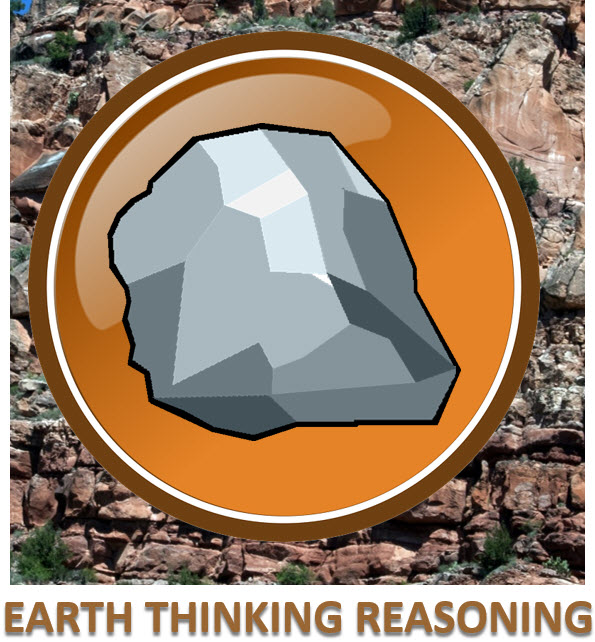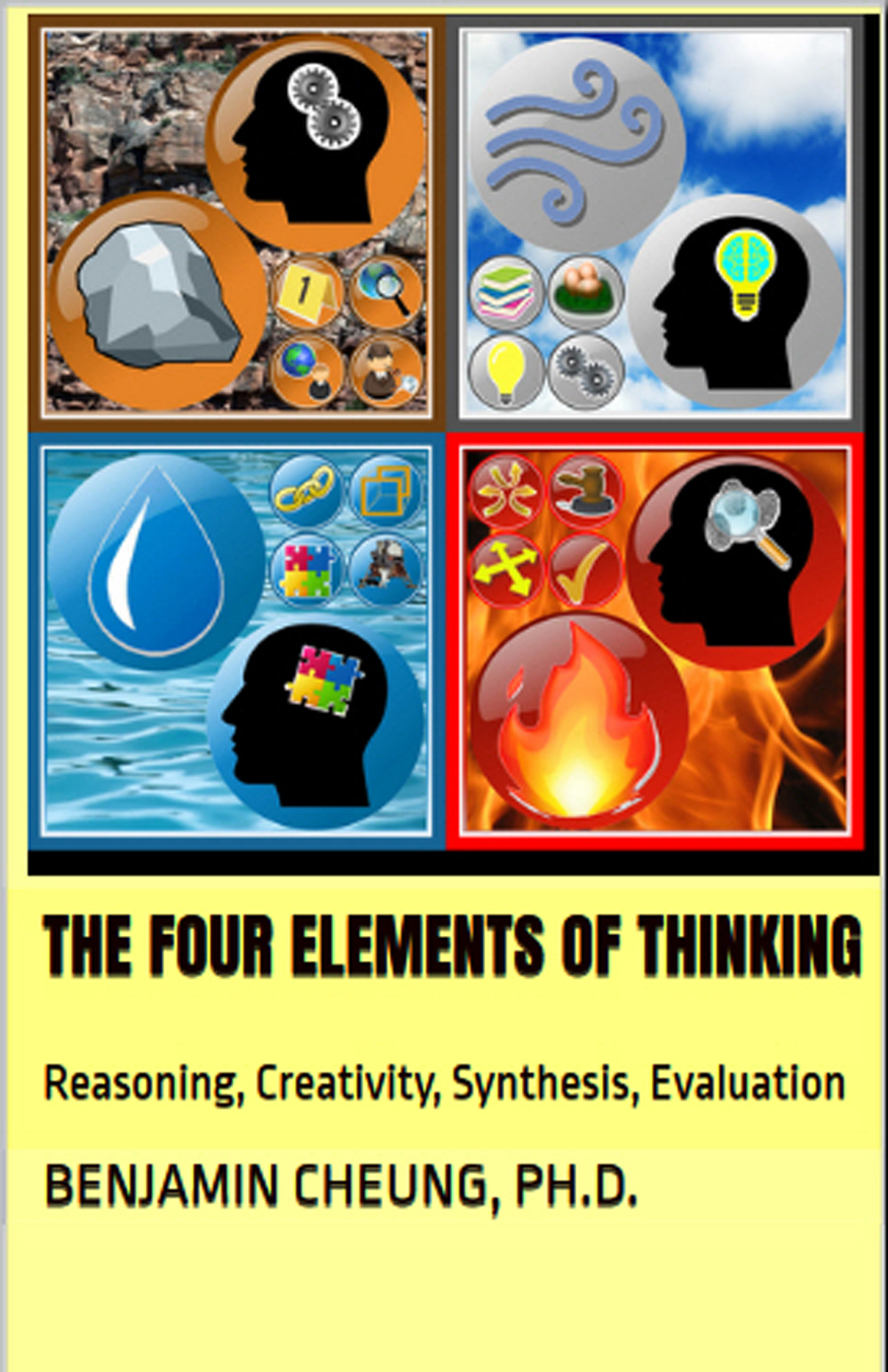EARTH THINKING


The Earth element represents critical thinking, reasoning and logic. Critical thinking is the application of reason and logic in structured thought. Critical thinking is also known as structured thinking. Applied logic, calculation, deduction, formal logic, induction, abduction, and meta-logic are the building blocks of logical reasoning (Hurley, 2011). These building blocks shape thinking as an architect would create a structure from the ground up. The Earth element of thinking buttresses analysis using logic. Earth thinking structures your thinking so you can develop solutions based on solid reasoning. The rules of logic provide the earthen-works as a foundation to base your arguments upon. Earth Thinking is comprised of evidence, inductive reasoning, deductive reasoning, and abductive reasoning.
·
EVIDENCE
- The basis of any sort of reasoning is facts, data, and evidence. Gathering evidence involves marshalling your powers of observation and employment of investigative questions. Assumptions are identified, information is gathered, evidence is organized, and then assessed. In the process of coming to reasonable conclusions, making intelligent decisions, and discourse with others having accurate information will give your thinking a solid foundation to work from.
·
EVIDENCE
DEDUCTIVE REASONING
- This is the act of proceeding from general principles to the understanding of the specifics (Terrell, 1967). Deduction is a thinking process that can be learned. It employs a body of general knowledge to identify logical consequences. A relevant principle, fact, or rule is selected. You then apply that rule to a specific aspect of your problem. You can develop important conclusions by using this process. Deductive reasoning leads to valuable insights that often cannot be reached by any other method. A doctor can deduce a diagnosis by drawing from a body of medical knowledge. As a systems engineer working in a high technology industry, I solve numerous problems every day. I use engineering principles, and physical laws to deduce how a new wireless system design will operate.
·
INDUCTIVE REASONING
- Inductive thinking finds premises that support the conclusion in a way that it is improbable that the conclusion would be false if the premises are true (Copi, Cohen, & Flage, 2007). Deduction works from the general to the specific. By contrast, induction proceeds from the specifics to the general. Given a sufficient body of evidence one can derive general rules that apply to a group of things. Science uses induction to determine natural laws based on experiments and evidence. Induction harvests facts to grow a body of knowledge. This knowledge provides the foundation for making a reliable generalization. A hypothesis of what might be true is formed because of calculated reasoning. The hypothesis can then be accepted, tested, rejected, verified, and/or refined. Eventually, a sufficient body of facts transforms theory into knowledge. Inductive reasoning is used by scientists to fashion a rule through evidence and observation.
·
ABDUCTIVE REASONING
- This term was first introduced by Charles Sanders Peirce, an American philosopher (Peirce, 1992). This is a form of logical inference which tries to arrive at a reasonable conclusion through the available evidence. In abductive reasoning, unlike deductive reasoning, the premises do not guarantee a conclusion. This type of reasoning is used in the disciplines of law, computer science, diagnosticians, detectives, and artificial intelligence research.
EXPLORE












